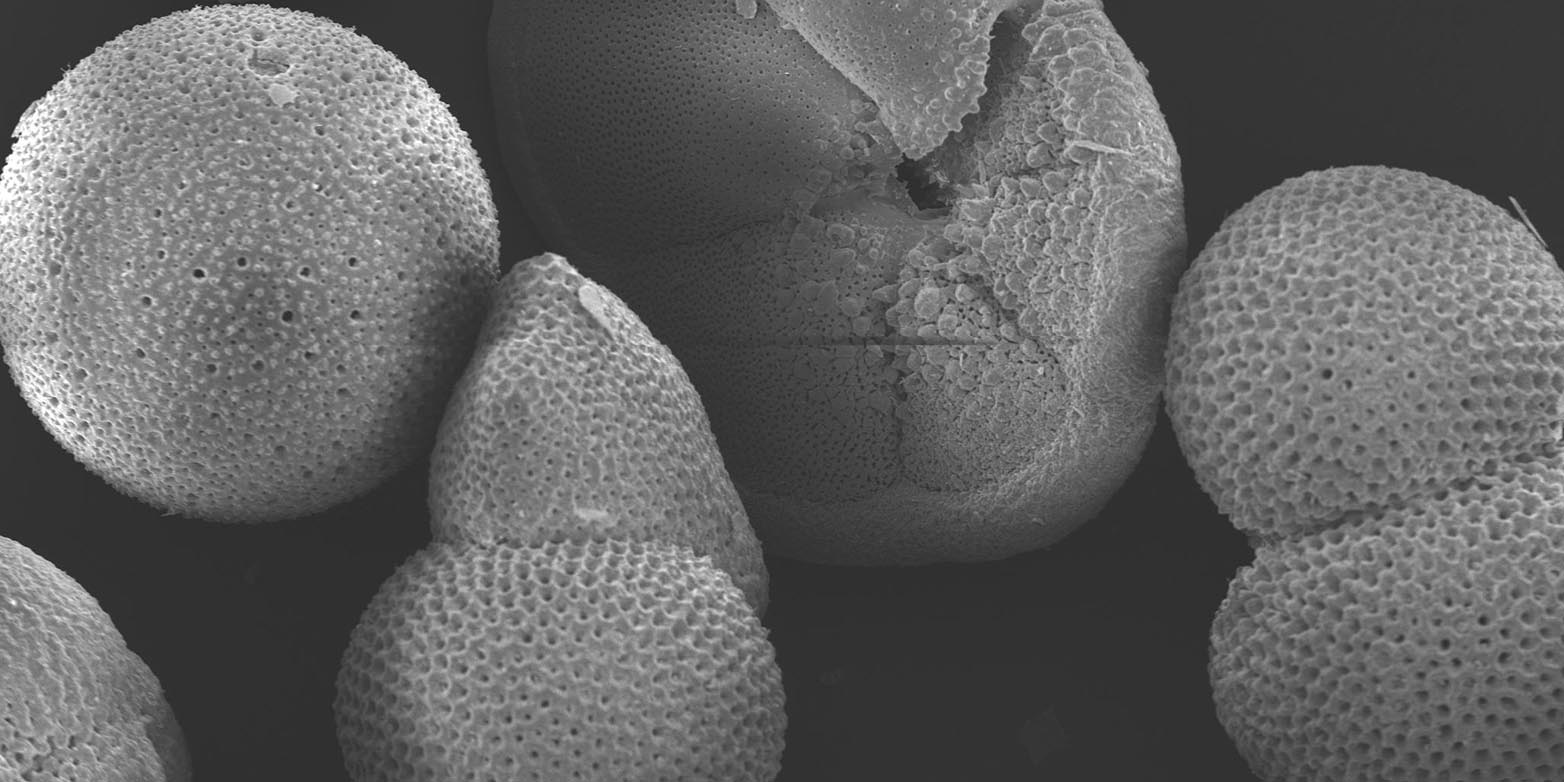Key to more intense ice ages
Over the last million years, glacial cycles have intensified and lengthened. According to a study, this previously unexplained climate transition coincides with a diminution of the mixing between deep and surface waters in the Southern Ocean.
About a million years ago, during the middle of the Pleistocene period, a climate transition began. Thereafter, the ice age cycle deepened and lengthened from 40,000 years to 100,000 years, a transition that remains unexplained.
Researchers working under Samuel Jaccard and Adam Hasenfratz now provide a new possible explanation for this transition. In the journal Science, they show that the exchange between deep and surface ocean layers was significantly reduced at the end of the mid-Pleistocene transition, about 600,000 years ago. As a result, less CO2-rich deep water reached the surface. This reduced the amount of CO2 released from the ocean into the atmosphere, thereby diminishing the greenhouse effect. Worldwide, the climate cooled down and the ice ages intensified.
The results show that the transition to longer ice ages also intensified two opposing processes: surface waters became simultaneously colder and less salty. This phenomenon, along with water temperature, affects how strongly different layers of water mix.
"A feedback loop occurs: the circulation of the water layers decreases, precipitation and meltwater from the glaciers accumulate on the surface of the oceans, where they stay longer. This reduces the salt content and density of the seawater, which further weakens the circulation," explains Jaccard, currently SNSF Professor at the University of Bern, but who began this study together with former doctoral student Adam Hasenfratz and Professor Gerald Haug at ETH Zurich. Furthermore, reduced circulation makes it more difficult for fresh water on the surface to be transported both vertically (into the depths) and horizontally. This ultimately stabilises the water column, says Jaccard.
Drilling the depths for answers
In order to reconstruct ocean circulation patterns, Hasenfratz analysed a 169 metre-long sediment core taken from beneath the ocean floor at a depth of 2,800 metres, some 2,500 km off the coast of South Africa within the framework of the International Ocean Drilling Project (IODP).
The doctoral student cut the core into thousands of centimetre-thick slices, each corresponding to roughly a century’s worth of deposits. From each slice, Hasenfratz isolated fossil foraminifera, tiny single-celled organisms with a calcite skeleton. These protozoa colonise the seabed or float in the water. The chemical composition of the calcareous shells provided the researcher with information about the conditions prevailing in the ocean during the lifetime of the foraminifera, such as salinity and water temperature. By studying the sediment slices, Hasenfratz was able to reconstruct the chronological sequence of events.
This text is based on a press release of the SNSF. The original text is available on the website at www.snsf.ch > Research in Focus > Media > external pagePress releasescall_made.
Reference
Hasenfratz AP, Jaccard SL et al.: The residence time of Southern Ocean surface waters and the 100,000-year ice age cycle. Science, 2019. doi:external page10.1126/science.aat7067call_made

